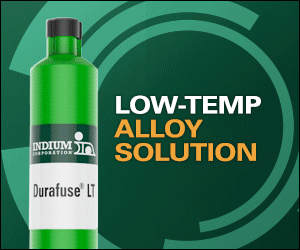Automotive TDDI Shipments Predicted to Surge by 54% in 2023 Amid Rising Automotive Panel Demand, Says TrendForce
In a forecast that spells positive news for the auto industry, TrendForce’s latest research report on automotive panels anticipates a substantial increase in demand for automotive panels. As global recovery from the pandemic continues, the automotive market is regaining its momentum. TrendForce predicts that the shipment quantity for automotive panels will cross the 200 million mark in 2023, reaching an estimated 205 million units—a 5.1% YoY growth. The report further highlights that with the increasing usage of automotive panels, the growth of automotive panel driver ICs is stepping into the limelight. In particular, the application of Touch and Display Driver Integration (TDDI) in new designs is gradually rising, leading to a continuous increase in market share.
The advantage of automotive TDDI lies in the integration of touch and drive functions, which can reduce IC usage and optimize overall costs. This simplifies supply chain management for automakers and Tier One suppliers. Moreover, panels equipped with TDDI adopt an embedded touch (In-Cell) design, which promises superior optical performance compared to traditional add-on touch modules.
Most new car models currently under development are predicted to adopt TDDI architecture—increasing its usage even further. TrendForce predicts a 54% YoY increase in 2023, raising TDDI shipment volume from 24 million units in 2022 to 38 million units in 2023.
TrendForce identifies Himax as the current leading IC design house in the automotive TDDI market. The company’s early entry and mature experience in field have garnered high levels of trust from strict Tier One suppliers and automaker clients. Synaptics and FocalTech are also recognized as key players due to their early presence in the automotive TDDI market, each securing a place in Japanese and Chinese automakers’ TDDI supply chain, respectively.
Other IC design houses, although late to the game, are starting to introduce new products in collaboration with panel makers including LX-Semicon, Raydium, and Novatek. Provided the verification process goes smoothly, these companies could potentially experience significant growth in the coming years.
TrendForce predicts that automotive panel sizes will gradually increase, benefitting the growth of automotive TDDI. Additionally, IC design houses are considering cost savings for ICs, and as such panel makers are expected to transition to Large-sized Touch and Display Driver Integration (LTDI) as panel sizes exceed 30 inches. At this stage, most IC houses are in the initial stages of development.
TrendForce highlights that the rapid growth in demand for automotive panels over recent years has motivated various IC design houses to develop and market their products. However, unlike the consumer electronics market, automotive products remand a high level of reliability and safety, in addition to cost. Traditional automakers in Europe, America, and Japan, in particular, have high barriers to entry for their supply chains. The processes and products must comply with automotive specifications such as AEC-Q100 and ISO 26262, with verification times often reaching to 2 to 3 years. Panel makers must also provide at least a 5-year supply guarantee—a requirement quite different from the operating mode of consumer product markets. Therefore, established suppliers are tough to replace, and newcomers will need to commit significant resources to compete for a spot in the supply chain.










